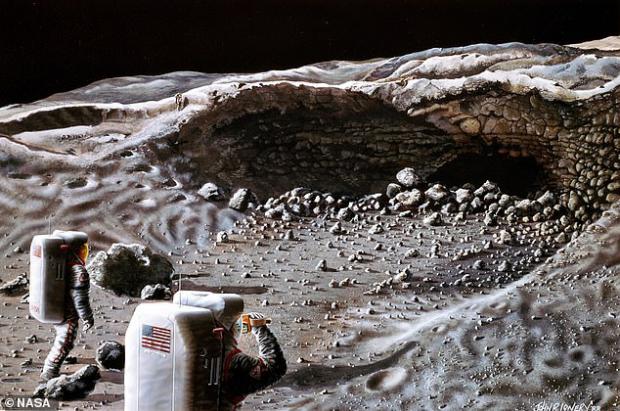
Breaking News
 LIVE ELECTION RESULTS: New York mayor, NJ & VA governor, Prop 50, Trump endorsements, latest vote
LIVE ELECTION RESULTS: New York mayor, NJ & VA governor, Prop 50, Trump endorsements, latest vote
 Sen. Markwayne Mullin Reveals Schumer Held Secret BACKROOM MEETING...
Sen. Markwayne Mullin Reveals Schumer Held Secret BACKROOM MEETING...
 RIP NYC - Muslim Communist Zohran Mamdani Wins New York City Mayoral Race
RIP NYC - Muslim Communist Zohran Mamdani Wins New York City Mayoral Race
 Dramatic Footage Shows UPS Cargo Jet Crashing At Louisville Airport
Dramatic Footage Shows UPS Cargo Jet Crashing At Louisville Airport
Top Tech News
 Japan just injected artificial blood into a human. No blood type needed. No refrigeration.
Japan just injected artificial blood into a human. No blood type needed. No refrigeration.
 The 6 Best LLM Tools To Run Models Locally
The 6 Best LLM Tools To Run Models Locally
 Testing My First Sodium-Ion Solar Battery
Testing My First Sodium-Ion Solar Battery
 A man once paralyzed from the waist down now stands on his own, not with machines or wires,...
A man once paralyzed from the waist down now stands on his own, not with machines or wires,...
 Review: Thumb-sized thermal camera turns your phone into a smart tool
Review: Thumb-sized thermal camera turns your phone into a smart tool
 Army To Bring Nuclear Microreactors To Its Bases By 2028
Army To Bring Nuclear Microreactors To Its Bases By 2028
 Nissan Says It's On Track For Solid-State Batteries That Double EV Range By 2028
Nissan Says It's On Track For Solid-State Batteries That Double EV Range By 2028
 Carbon based computers that run on iron
Carbon based computers that run on iron
 Russia flies strategic cruise missile propelled by a nuclear engine
Russia flies strategic cruise missile propelled by a nuclear engine
 100% Free AC & Heat from SOLAR! Airspool Mini Split AC from Santan Solar | Unboxing & Install
100% Free AC & Heat from SOLAR! Airspool Mini Split AC from Santan Solar | Unboxing & Install
NASA scientist claims astronauts could live in tunnel-like CAVES on the moon caused by ancient lava

It could provide a natural shelter in which to build a future lunar base, according to a NASA astronaut in a Reddit-based Q&A.
These lava tubes are long, tunnel-like structures formed after the surface of a lava flow hardens before hollowing out.
The cave structures would provide a shield against both the moon's temperature fluctuations and harmful solar radiation — thereby cutting down on building costs.
NASA geoscientist Daniel Moriarty and colleagues discussed the possibility of future moonbases during a Reddit 'ask me anything' session on May 16, 2019.
The online Q&A session was focused on the upcoming 2024 moonshot — to be dubbed 'Artemis' — which the US space agency is working towards.
Questions turned, however, to the possibility of moonbases in the future and the steps that would be required to prepare the lunar surface for human inhabitants
'I don't think we're going to be able to change anything about the surface of the moon much,' Dr Moriarty wrote in response.
'Instead, I think it makes sense to work within some of the structures and resources that are already there.
'It could be interesting to set up shop within a pre-existing lava tube,' he added.
Setting up a base within an extinct lava tube, Dr Moriarty said, 'could provide astronauts with some shielding from temperature variations and incoming solar radiation.'



